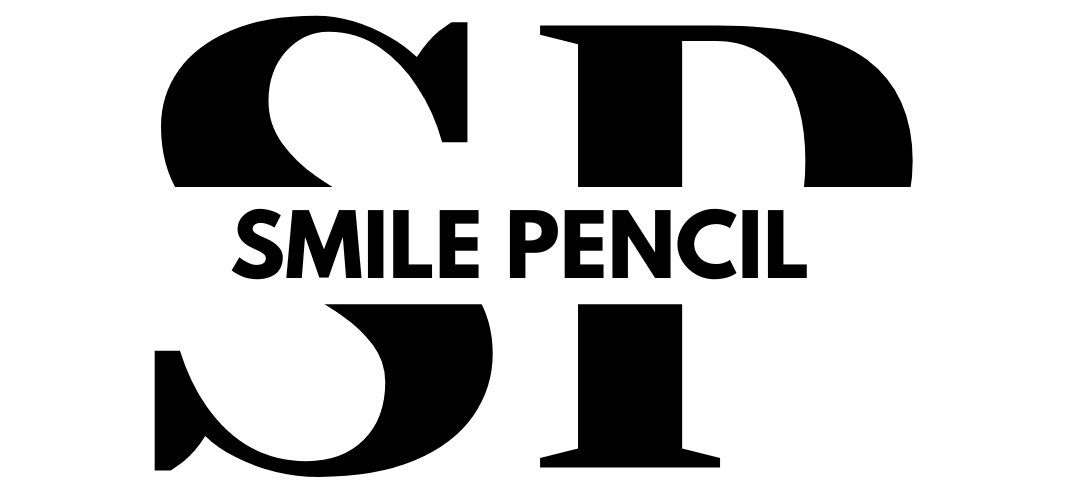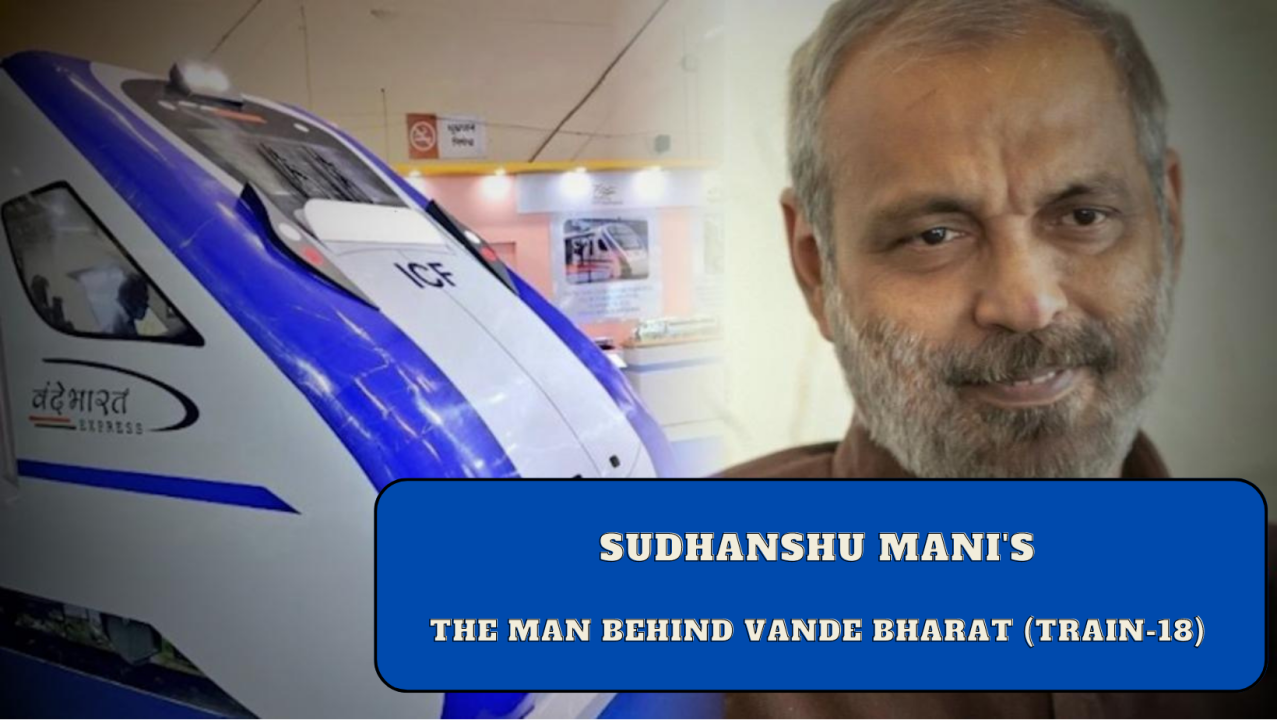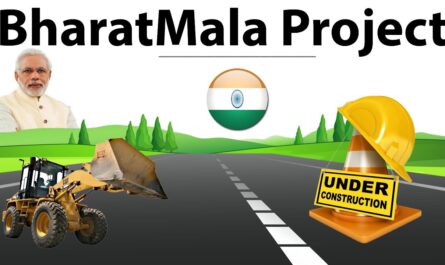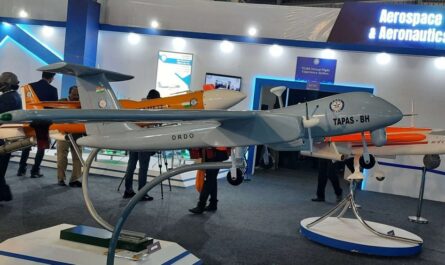This was the year 2017. It has been more than two years since Narendra Modi government was formed in Delhi. In these two-and-a-half years, the country had seen two railway ministers. But neither the condition of the railways was improving, nor was there any brake on the train accidents. Apart from preventing these accidents, the government wanted to create a solid future plan for the railways that would change the experience of rail passengers in India. In view of these challenges, in early 2017, Prime Minister Narendra Modi called a meeting of the railway minister and top railway officials in Delhi. In the meeting of these officers, PM Narendra Modi said, “We have to make world class trains. We have to provide comfortable, safe and modern trains to railway passengers. For this, you guys make a plan and tell how it will happen?
After this meeting, different teams of Indian Railways officials were formed, and they started preparing to see and buy the best trains of Japan and European countries. After several weeks of foreign travel, railway officials were waiting for the PM’s meeting with a long presentation and a big railway catalog. While all this was going on, Sudhanshu Mani, general manager of the Integral Coach Factory i.e., ICF, entered. Sudhanshu Mani, who joined the Railways in 1981, had been dreaming of modern railways in India since 1990. Perhaps it was time for them to see modern railways running on Indian tracks. After becoming the General Manager of ICF in 2016, when he came to know that there was talk of modernization of railways in the country, he told his team of young engineers, “I want to design modern trains, will you guys support me?” All the engineers were very happy to hear this. Everyone supported him but there were some doubts too. “Where will the money for research and development come from? Will we get permission for this? Who will get approval from the Railway Ministry? On this, Sudhanshu Mani said, “I am your leader. It is my responsibility to get the approval.
Getting clearance from the Railway Board and the Ministry of Railways was a big task in itself. Because there were many obstacles. Most railway board officials were in favor of buying trains from abroad rather than designing trains in India. Many railway dealers were also engaged in collusion to buy trains from abroad. Therefore, it was more likely that Sudhanshu Mani’s proposal would be rejected. That is, the dream was more likely to be broken, but Sudhanshu did not learn to lose before trying. Therefore, instead of sending the proposal directly to the Railway Board, he reached out to the Chairman of the Railway Board. “My team and I want to build an indigenous modern train. Do you think we can do this? To this, the chairman of the board said, “I am sure you and your team can do it.” But the board is pulling me back. In response, Sudhanshu Mani said, “You are the chairman, buy what you want to buy from abroad.” Allow me to make only two trains and I will make an indigenous train in one-third of what you spend on buying a foreign train. Yet the Chairman of the Railway Board was not ready for this.
After this, Sudhanshu Mani made a last attempt. “If you don’t allow me to build an indigenous train, I will fall at your feet and not leave your leg until you allow me to do so,” he said. Sudhanshu Mani then went to the ICF office in Chennai. He called his team and said, ‘I have come with permission, now let’s move on.’ Everyone was happy to hear this. But some people had questions in their minds. Some engineers asked if we have the capability to do this, we can build a new modern train, but if we fail, then there is a project worth ₹ 200,00,00,000? Who will take responsibility for the failure? On this, Sudhanshu Mani said, “If we succeed in making this magnificent train, then the credit will go to you people. But if I fail, the responsibility will be mine. So don’t worry about it and get back to work. On the one hand, preparations were underway to build the first indigenous modern train in ICF. On the other hand, a team of railway officials arrived in Delhi to meet PM Modi preparing to buy foreign coaches.
PM Modi listened to the entire talk of railway officials. He said that not foreign trains, make indigenous trains, trains should be such that Indian engineers can make and run at a high speed on India’s tracks. Railway officials were shocked to hear the PM’s words. They didn’t know what to do now. In Chennai, ICF general manager Sudhanshu Mani felt that his dream of building a modern train was about to come true. But right now, there is a lot of twist and turn. The rest were there. Sudhanshu Mani formed a team of engineers. Consultants were hired, the layout work of the entire project started. Engineers were given the goal of working fast.
But then a question arose that could have ended the entire project. The engineer’s team asked their GM Sudhanshu Mani, “April 2017 is going on right now.” It takes at least 36 to 42 months to design a modern train. You will retire in December 2018. We can’t have just a year and a half to design the train so quickly. What if another leader comes in your place and stops everything in between? Why are you taking this risk? This question was both big and disturbing. This question once made it seem that Sudhanshu Mani would pull his feet back, but Sudhanshu Mani said, “That’s right, but I also have a solution.” We may not have the same work infrastructure as Europe, we don’t have a Japanese engineer’s brain, but we are Indians. We know how to work like donkeys. We can do that, so we will work like donkeys. We will work 24 hours a day. If we do this, the train will be ready before December 2018.
The target was December 2018 and this train was named Train 18 and then the work started at lightning speed. But by then the whole world had come to know that modern trend design was happening in India. The pressure was too high. What happens if you fail somewhere? For the first time in India, modern trains were being designed. Indian engineers did not have experience in interior design. For this, consultants were hired from abroad. But care was taken that the intellectual property and design rights remained with India. It was difficult to make and meet in India in modern coaches and better seating arrangements. The time was also very short, so it was decided to import 20% of the material related to the seating from outside. By October 2018, after working tirelessly for one and a half years, the trains were ready. Several rounds of security checks were conducted before the train derailed. On 15 February 2019, India’s first modern train was launched, named Vande Bharat. Prime Minister Narendra Modi flagged off the train from Delhi to Varanasi.
This occasion was very special for ICF and its GM Sudhanshu Mani. One of his dreams was being fulfilled. By the way, this dream was not only his but 140,00,00,000 Indians who wanted to see modern trains in India. But the story of Vande Bharat is not just that.
The story of the white color of this train is also very interesting. By the way, trains in India are always kept in such a color that they do not look dirty because the problem of dust and soil is very high in India. Special care was taken in trains from Rajdhani Express to Shatabdi that the train should be of such a color that dirt is not detected. But it was decided to keep Vande Bharat completely white. Another engineer associated with the project had said, “We have painted it like a luxury car and not like a train.
The last layer is the transparent layer that removes the dust. The specialty of this train is that it does not have a separate engine compartment. This was the first experiment of its kind in India. Like the bullet train, it also has inbuilt. Vande Bharat can catch a speed of 100 kilometers in just 52 seconds, which is better than the bullet train. Vande Bharat. More comfortable than the European train.
The most important thing is that a budget of ₹ 100,00,00,00,000 was received to build a Train 18, which our engineers completed in just ₹ 97,00,00,000. At the same time, if this train is purchased from abroad, then it would have cost ₹ 200,00,00,000.




